The Bermuda Triangle, also known as the Devil’s Triangle, is a loosely defined region in the western part of the North Atlantic Ocean where, according to an urban legend, a number of aircraft and ships are said to have disappeared under mysterious circumstances. The idea of the area as uniquely prone to disappearances arose in the mid-20th century, but most reputable sources dismiss the idea that there is any mystery.
Origins
The earliest suggestion of unusual disappearances in the Bermuda area appeared in an article written by Edward Van Winkle Jones of the Miami Herald that was distributed by the Associated Press and appeared in various American newspapers on 17 September 1950.
Two years later, Fate magazine published “Sea Mystery at Our Back Door”, a short article by George X. Sand that was the first to lay out the now-familiar triangular area where the losses took place. Sand recounted the loss of several planes and ships since World War II: the disappearance of Sandra, a tramp steamer;[a] the December 1945 loss of Flight 19, a group of five US Navy torpedo bombers on a training mission; the January 1948 disappearance of Star Tiger, a British South American Airways (BSAA) passenger airplane; the March 1948 disappearance of a fishing skiff with three men, including jockey Albert Snider;[b] the December 1948 disappearance of an Airborne Transport DC-3 charter flight en route from Puerto Rico to Miami; and the January 1949 disappearance of Star Ariel, [c] another BSAA passenger airplane.
Flight 19 was covered again in the April 1962 issue of The American Legion Magazine. In it, author Allan W. Eckert wrote that the flight leader had been heard saying, “We cannot be sure of any direction … everything is wrong … strange … the ocean doesn’t look as it should.” In February 1964, Vincent Gaddis wrote an article called “The Deadly Bermuda Triangle” in Argosy saying Flight 19 and other disappearances were part of a pattern of strange events in the region, dating back to at least 1840. The next year, Gaddis expanded this article into a book, Invisible Horizons.
Other writers elaborated on Gaddis’ ideas, including John Wallace Spencer (Limbo of the Lost, 1969, repr. 1973); Charles Berlitz (The Bermuda Triangle, 1974); and Richard Winer (The Devil’s Triangle, 1974). Various of these authors incorporated supernatural elements.
Triangle area
Sand’s article in Fate described the area as “a watery triangle bounded roughly by Florida, Bermuda and Puerto Rico”. : 12 The Argosy article by Gaddis further delineated the boundaries, giving its vertices as Miami; San Juan, Puerto Rico; and Bermuda. Subsequent writers did not necessarily follow this definition. Some writers
gave different boundaries and vertices to the triangle, with the total area varying from 1.3 to 3.9 million km2 (0.50 to 1.51 million sq mi). “Indeed, some writers even stretch it as far as the Irish coast.” Consequently, the determination of which accidents occurred inside the triangle depends on which writer reported them.

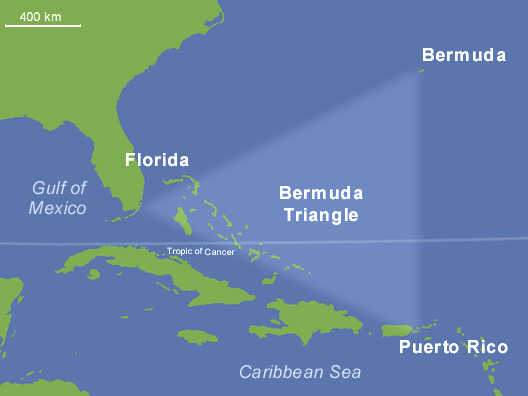
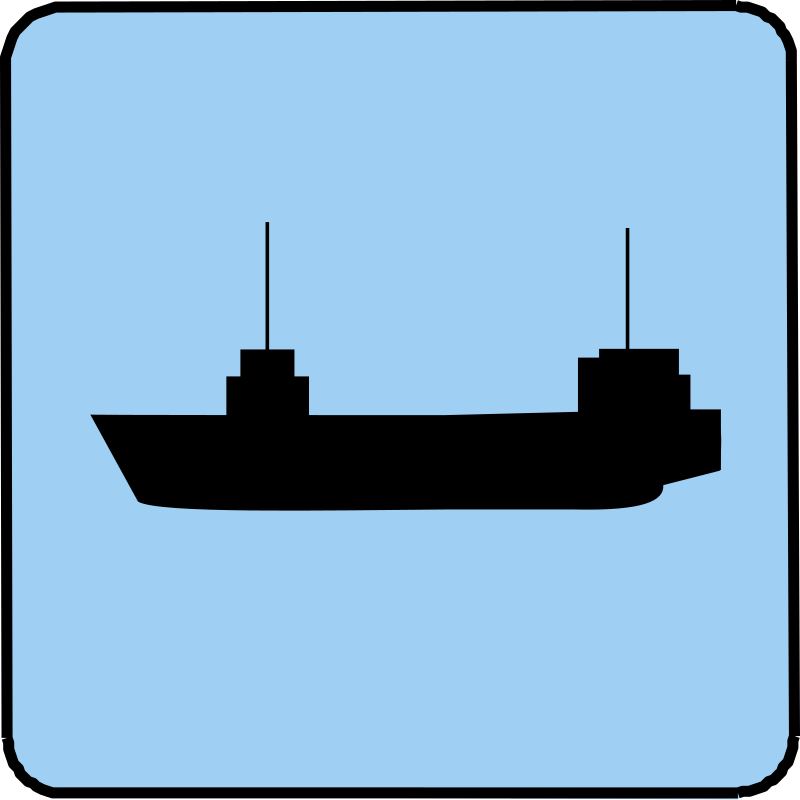

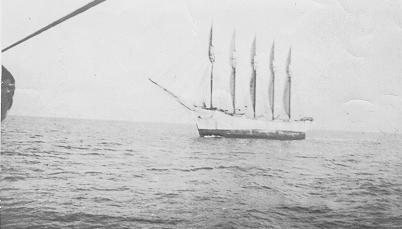
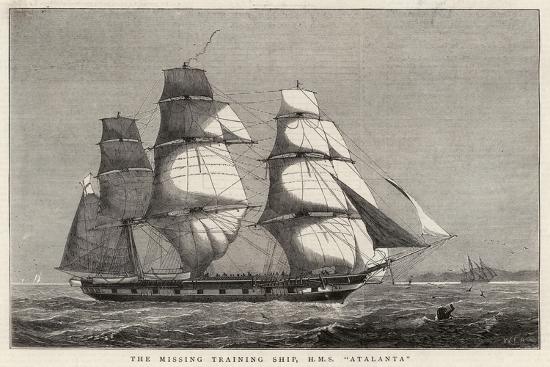
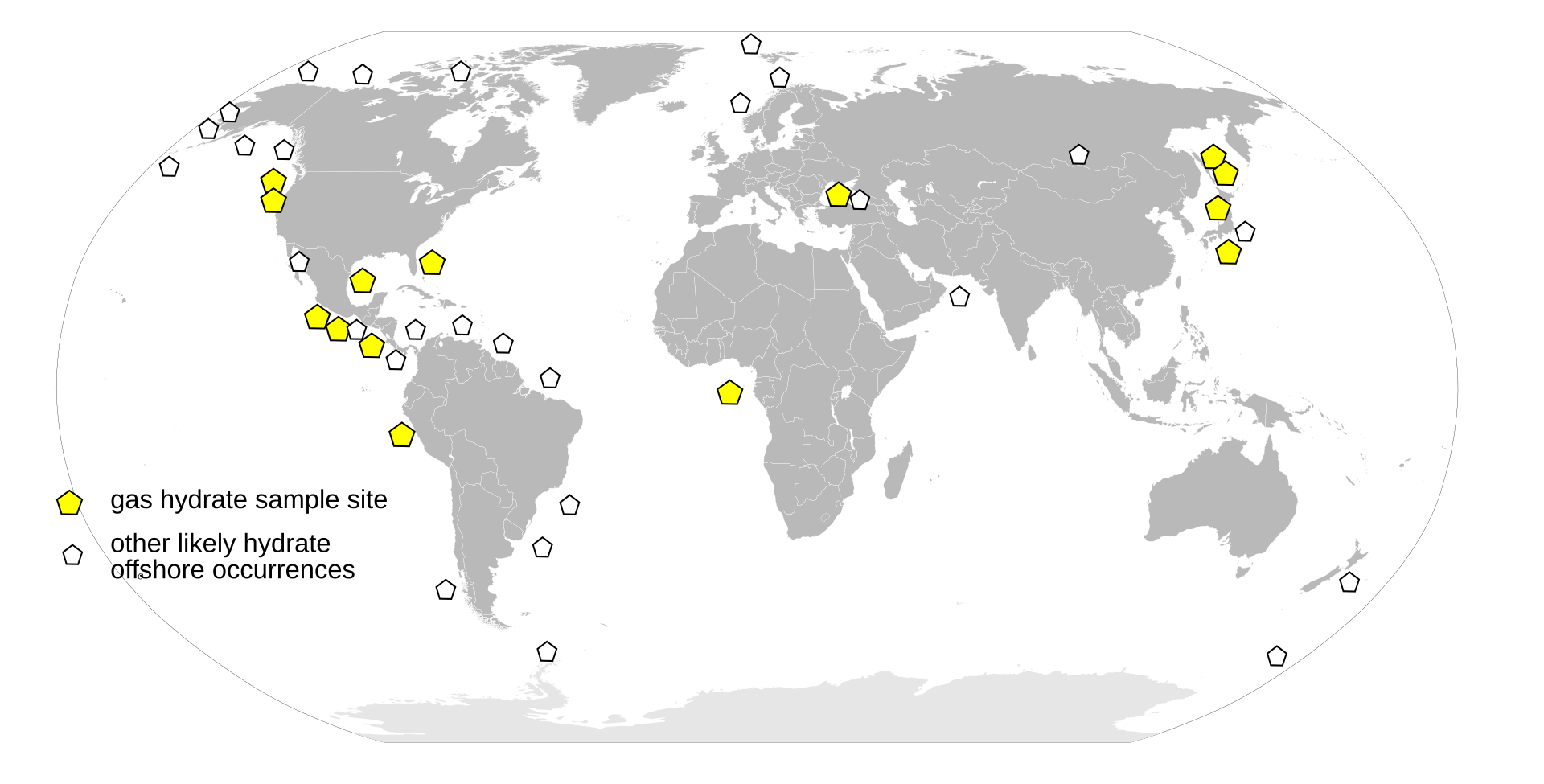
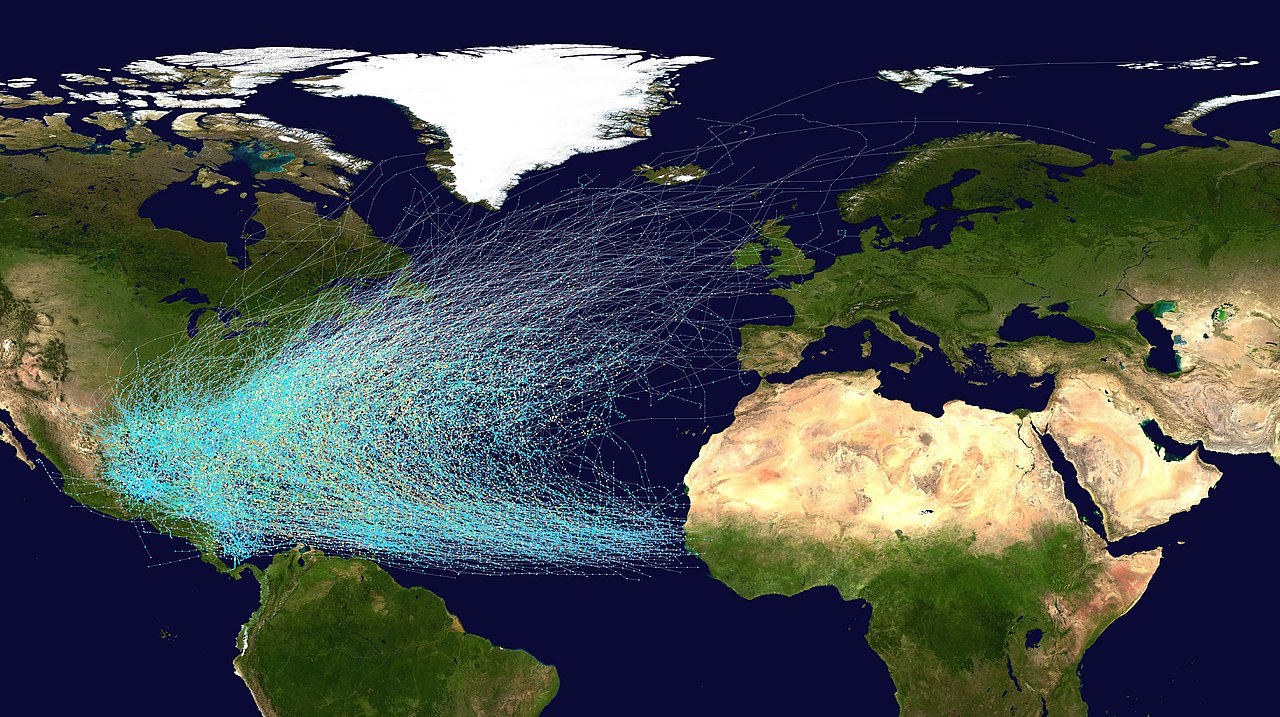
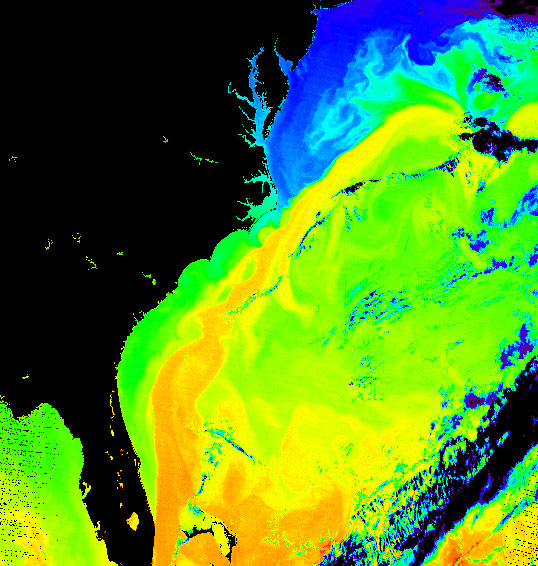
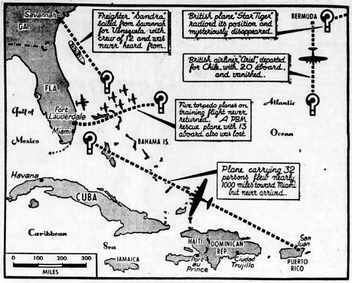


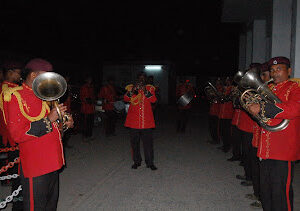





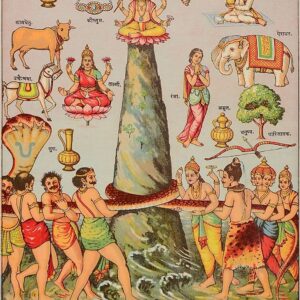


Reviews
There are no reviews yet